Pottery is the exclusive and earliest art of clay. Pottery is the first man-made synthetic material. This legacy of the traditional art form follows up since the Indus Valley Civilization between 2500 and 1500 BC. Ancient attention-seeking handicraft forms from 5 elements: water, air, fire, earth, and ether. It inspires Sindhu Saraswati Civilization (Harappa civilization) according to ancient traditional and classic culture whether it’s Vedic, Buddhist, Chinese, or Greek. For ages, Terracotta clay makes up different crafts like jewelry, sculptures, architectures, potteries, bricks, roof tiles, etc., of various designs and shapes.
What is Terracotta?
The word terra means “earth” and cotta means “baked”. Terracotta is an Italian word that means “baked earth” and it makes natural dry clay, the oldest building material. Basically, the clay is given shapes and is “cooked” or “baked” in the fire following few steps. Fire changes the color from dull ocher to reddish-orange. Therefore, the terracotta is red in color clay. The baking or cooking of clay increases the durability of objects. Therefore, it is versatile, durable, and cheap. Also, this clay is rich in iron content.
History
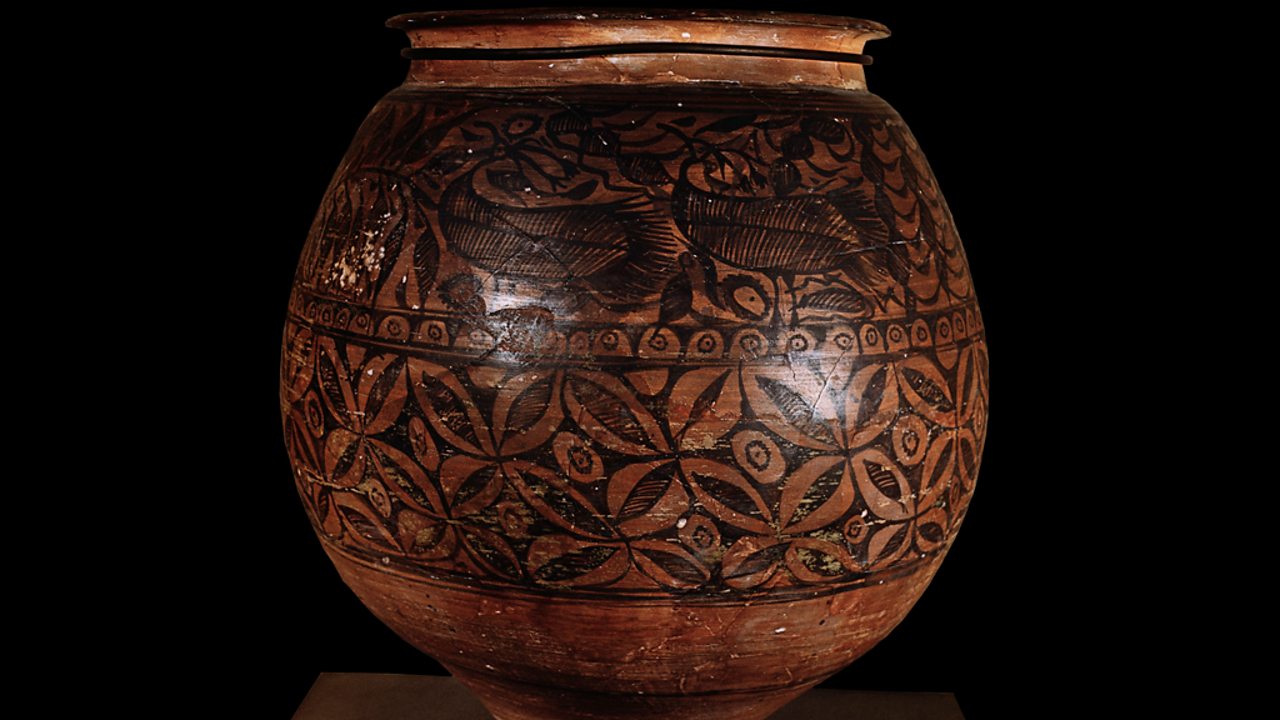
Terracotta was first pre-owned from the prehistoric period. From the era of Mesopotamian, Greek, Early Egyptian, Minoan, Mycenean, Etruscan, Chinese cultures to the Mediterranean, using of terracotta in building materials, building statues, architectural art, potteries, or for temple decoration highlight its importance. Chinese art has had the biggest stock of terracotta sculpture till now.
Terracotta has been of great importance in India since the Harappa period of the Indus Valley Civilization. It exists from 2500-1500 BC. This clay is itself a magical material as it consists of 5 elements of the Universe i.e., water, air, fire, earth, and ether which gives it archaeological importance even today. Archaeological excavation at Harappa, Mohenjodaro, and other places of ancient Indus civilization disclosed the fact of various terracotta pots and vessels.
The most famous largest terracotta is the Aiyyanar horse – in Tamil Nadu. Terracotta makes up various arts and crafts including pottery and other household kitchen materials, flower pots, or lamps, and so on.
Terracotta Pottery
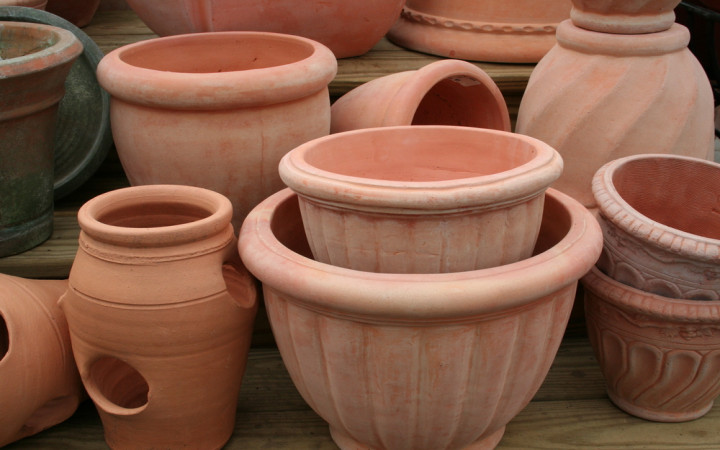
Pottery is one of the iconic terracotta items. Pottery is an expression of cultural values and beliefs starting with normal clay shapes to observable decor on the pots.
Properties
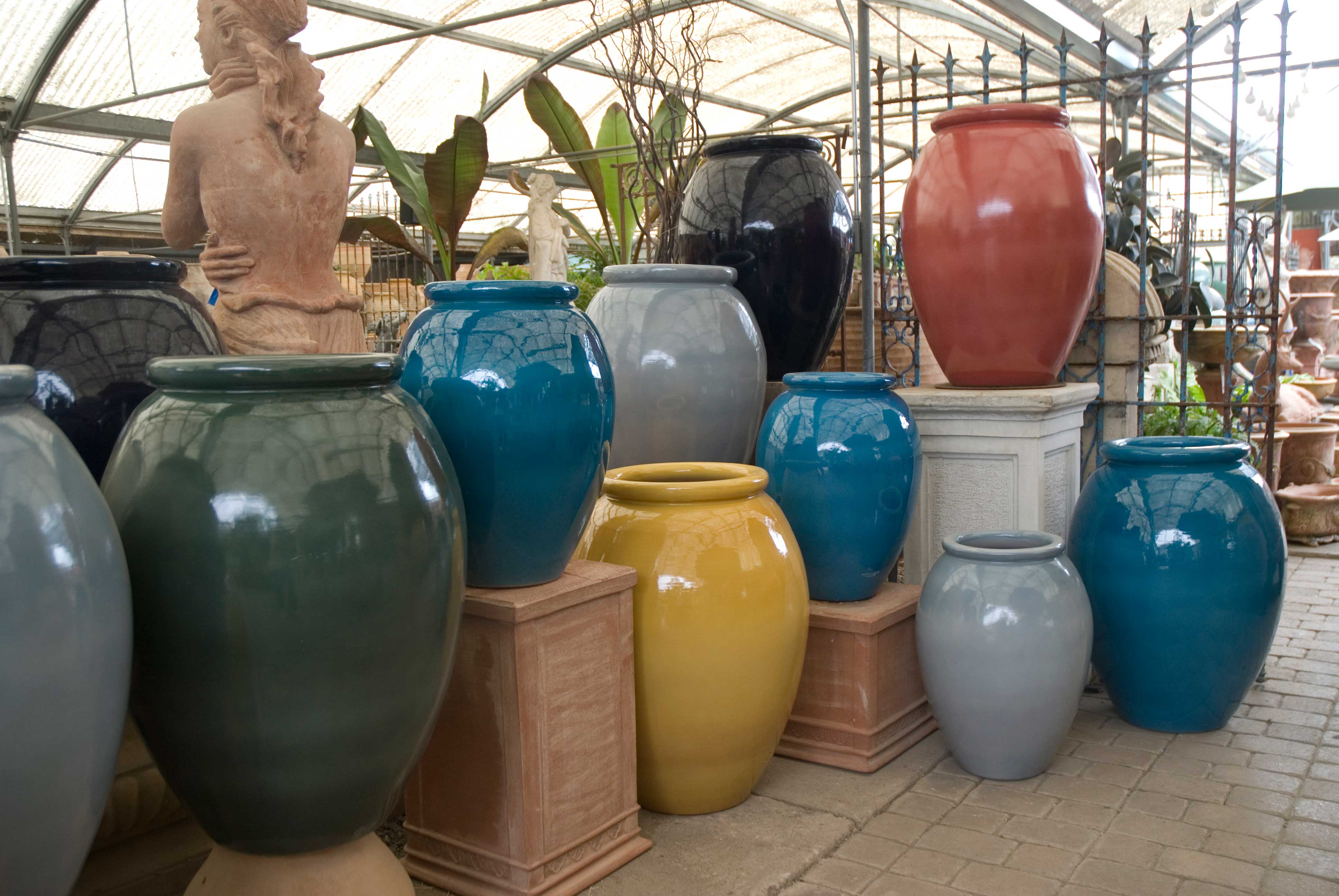
It is a type of porous clay. It is of rust reddish-orange color. The iron content of terracotta clay reacts with oxygen to give it hues of red orange yellow or pink. It can be glazed or unglazed. So, the glaze coating is done to make it waterproof. Likewise, unglazed Terracotta is just fired in the furnace with no glazing.
Terracotta adds to the beauty of interiors. Pots and planters provide a strong style statement to your house. Also, terracotta crockery gives an authentic vibe to your dining room.
Making of Terracotta Pottery
People in ancient times, to fulfill their basic needs used to make such pottery which is now a hobby and everybody needs to know- how is it done.
The making of Terracotta pottery is a miraculous process. It is time taking process that requires patience, grace, and dedication. That is why this masterpiece is so expensive and valuable.
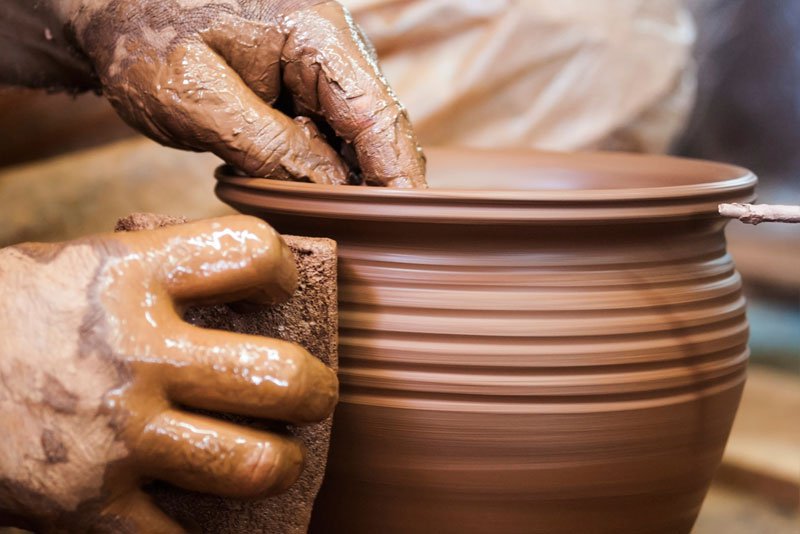
Terracotta is a kind of clay that potters use to make terracotta pottery on a potter’s wheel.
- The potter uses the ball of clay to give it a shape on the potter’s wheel.
- He rotates the wheel with his hands gives the clay a shape of a pot or vases.
- After that, to make it dry it is put on top of combustible materials in a kiln. Baking prevents prevent warping and cracking.
- For baking, the temperatures may range from 600 to 1000 deg C using hot ashes of charcoal, wood, or coconut shells kilns.
- Moreover, the process of baking is complete in more than two hours which makes it hard, strong, and durable.
Pottery has greater porosity which makes water pass through these pots. However, a coat of glaze makes the pots watertight. The food gets cooked equally in glaze pots and they are easy to clean. However, the maintenance of the acid-alkaline balance, as well as the earthy essence, is lost that unglaze pot adds to the food.
Pottery in India
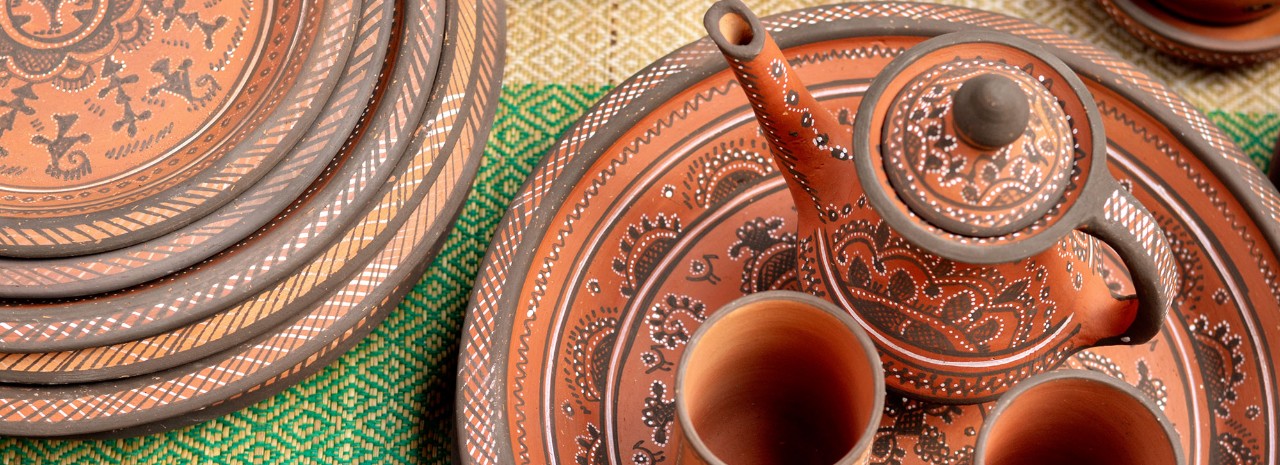
The tradition of terracotta pottery is famous in the Jhabua and Bastra tribes of Madhya Pradesh. The tribes of Madhya Pradesh also create clay temples- dhabhas which have a small door. The god is kept along with the fire lamp. Also, terracotta objects of Jhabua tribes affirm to possess tantric powers.
Gujarat is famous for its colorful hand-painted clay products like clay animals and home décor items.
Haryana is famous for clay pipes, hukkas, cups, flower vases, waterpots, lamps, etc. They has this tradition since pre-Harappan and Harappan culture.
Tamil Nadu, Aiyanar community is famous for terracotta work of creating large figures of realistic horses and elephants. As a result, the villagers believe that their god will ride these vahans to protect them.
Rajasthan has an old tradition of terracotta art and various terracotta articles. People carry water from distant sources in these clay pots. Moreover, the daily worship links up to clay idols.
In Bihar, clay elephants are put on roofs during weddings to complete traditional decorations.
Palamaner Mandal in Chittoor District in Andhra Pradesh is famous for its beautiful clay artistry. They exhibit crafts like pots, lamps, horses, musical instruments, flower vases, idols, elephants, plates, and other eye-catching artifacts.
Why Buy
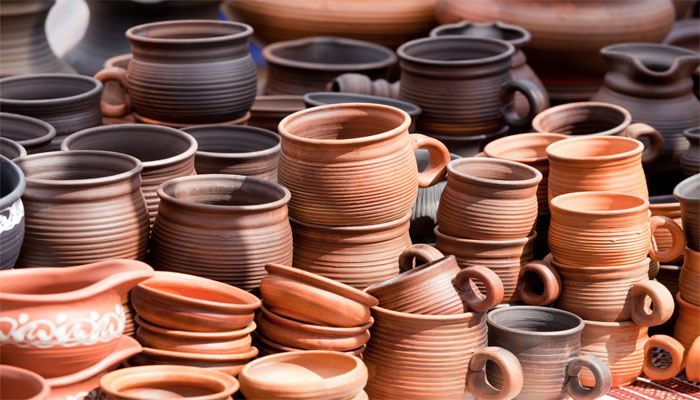
These are eco-friendly and kitchen wares are microwave safe. This kind of material not only contributes to the economy but also help artisans to come up with their ideas and make their work visible so that they feed their families.
They are cost-effective and pocket-friendly. This clay doesn’t cause any harm to nature also contributes to the environment in a positive way. They are easy to clean as they do not absorb water. A rough surface prevents them slip from their hands. The nature of porous clay also provides proper moisture to the food.
The clay is a bad conductor of heat which saves energy while cooking. cooking of food takes place at low temperature.
Such old-age traditions will keep the legacy alive for several upcoming generations.
Pottery has busted all the rules of Shilpasastra or carving and award itself huge power with regard to artistry and perception, permitting the potter to express his feelings and ideas into a form of art.
Where to Buy
You can easily find such crafts across the nation. But HEYYY!! Thanks to the internet to make things easier for you.
To promote this special clay pottery art of India and to make the hard work of such potters to be recognizable in the modern era of competition. To keep this legacy alive you can order such artistic materials from Clios Heritage Store.
Click on the link if you wish you wish to buy Terracotta jewelry https://cliosheritagestore.com/product-category/women-accessories/terracotta-jewellery/
ALL IMAGES BELONG TO RESPECTIVE OWNERS.

